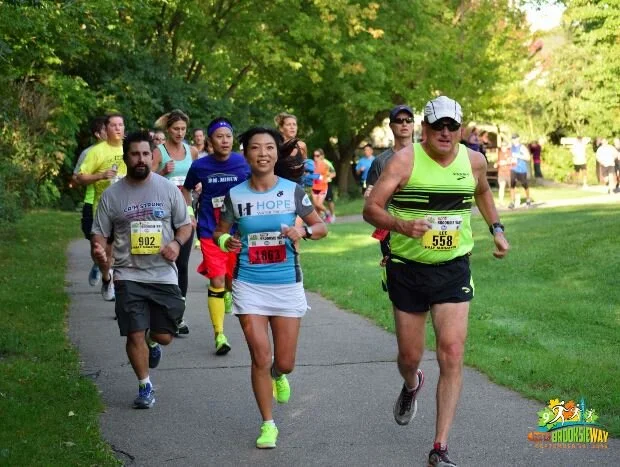Lee j. Mamola AIA
48 years professional experience with prominent Michigan architectural firms including 25 years as owner of Mamola Associates Architects in Novi, MI. Practice included commercial, light industrial, institutional, interiors, and custom residential. Experience also includes 6 years as Adjunct Professor at the University of Detroit Mercy, School of Architecture, instructing in mid- to upper-level design studios and construction methods.
Education
Master of Architecture, University of Detroit
Bachelor of Science in Architecture, University of Detroit
Professional Registrations
Registered Architect, State of Michigan
National Council of Architectural Registration Boards
Educator
University of Detroit Mercy, School of Architecture - Adjunct Professor 2001-2006, Taught upper level design studio and construction materials courses.
Awards
AIA Detroit Honor Award – Applebarn Adaptive Re-Use 1997
Construction Association of Michigan (CAM) Blue Water Plastics Engineering and Research Center
Paul Harris Fellowship - Rotary International 1987
Community Leader
Novi Planning Board (Past)
Novi Construction Board of Appeals (1998-present)
Novi Historic District Committee (Past Chair)
Novi Chamber of Commerce (Past President)
Novi Rotary Club and Foundation (Past President 1996-97, and 2018-19)
American Institute of Architects (1978-present)
Michigan Architectural Foundation, MAF – Trustee, Finance, Golf, and Scholarship Committees
Michigan Architectural Foundation, MAF ‑ Treasurer, 1994 – 2002
University of Detroit Mercy Alumni Council for Architecture (Past Chair)
Adjunct Professor in Design and Construction Technology of Detroit Mercy (2001-06)
Publications
Construction Association of Michigan, Resource and Crisis Center, CAM Magazine, Oct. 2014
"Applebarn Renovation," Residential Architect Magazine, 2000
"Lake Front Residence," Ann Arbor News, Flint Journal, 1999
"Applebarn Renovation," Detroit News, 1997
"Applebarn Adaptive Re‑Use," AIA Michigan Annual Design Retreat, 1997
"Working with a Landscape Architect," Landsculpter, 1991
"Poplar Creek Music Theatre, Hoffman Estates Illinois,"Architectural Record Magazine, 1982
"Foamade Industries, Auburn Hills, MI," Architectural Record Magazine, 1982



















